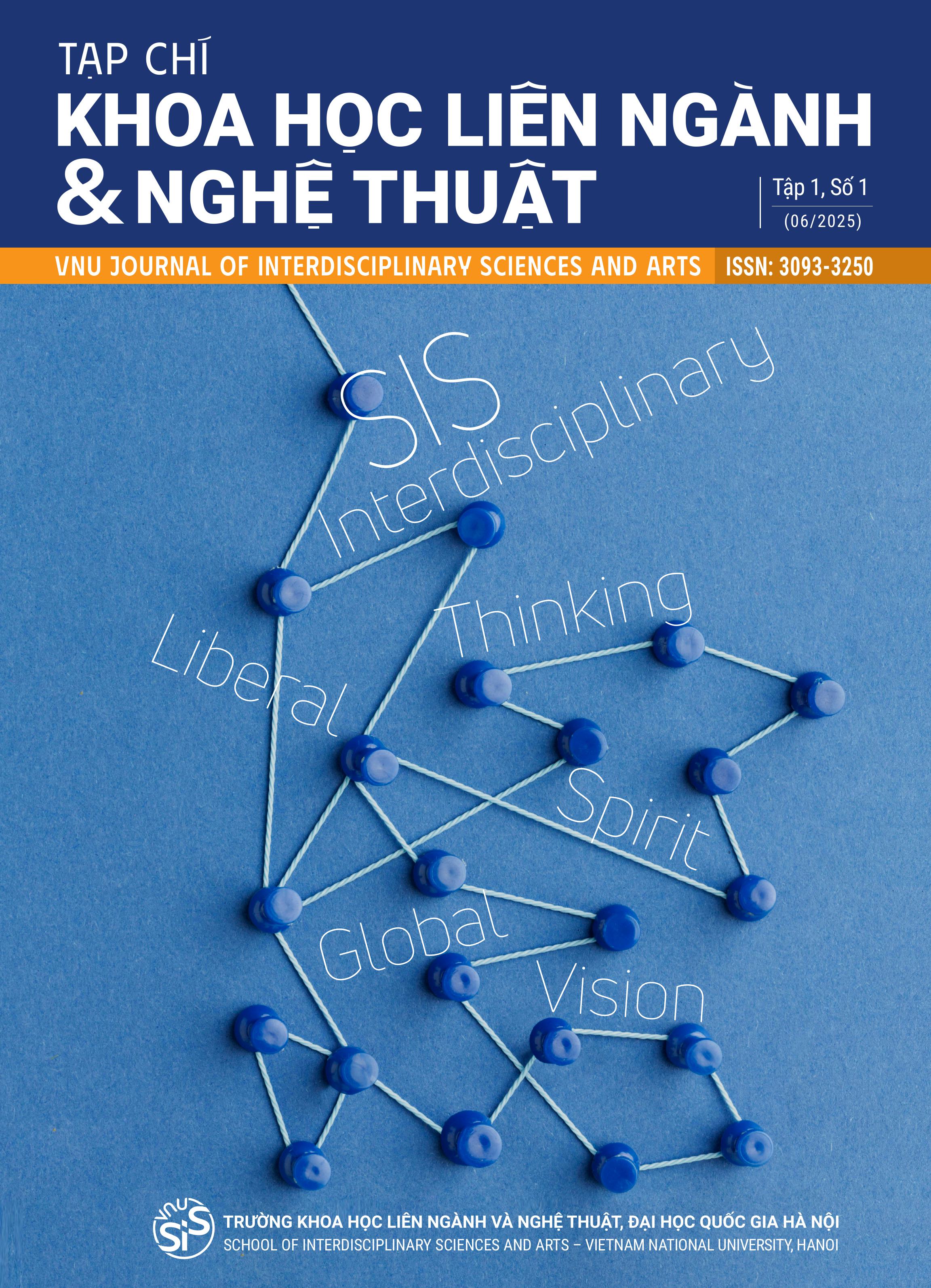Phân tích tác động của khả năng tiếp cận đến giá bất động sản nhà ở: Nghiên cứu trường hợp tại các quận trung tâm Hà Nội
DOI:
https://doi.org/10.64711/dq21w997Từ khóa:
Hồi quy có trọng số theo địa lý, GWR, hedonic, HPM, bất động sản, định giá, Hà NộiTóm tắt
Nghiên cứu này tập trung vào giá trị bất động sản tại khu vực trung tâm Hà Nội, nhằm phân tích các yếu tố ảnh hưởng đến giá bất động sản, đặc biệt chú trọng đến đặc điểm vị trí đối với trường hợp các quận trung tâm của Hà Nội. Mô hình hồi quy có trọng số theo địa lý (GWR) được sử dụng để khắc phục những hạn chế của Mô hình Định giá Hedonic (HPM) truyền thống, dựa trên dữ liệu từ 1.545 bất động sản tại 12 quận trung tâm của Hà Nội trong giai đoạn từ tháng 11 năm 2024 đến tháng 3 năm 2025. Nghiên cứu đánh giá tác động của 7 biến số về khả năng tiếp cận: khoảng cách đến bệnh viện, công viên, trường học, trường đại học, trung tâm mua sắm, cơ quan hành chính các cấp và trung tâm thành phố. Kết quả cho thấy mối quan hệ giữa khoảng cách đến các tiện ích công cộng và giá bất động sản thay đổi đáng kể giữa các vị trí địa lý – một đặc điểm không được phản ánh trong các mô hình HPM truyền thống. Đáng chú ý, nhiều biến số không có ý nghĩa thống kê trong mô hình HPM cho thấy tác động khác biệt tại các vị trí cụ thể trong mô hình GWR, với hệ số xác định cao hơn, thể hiện khả năng giải thích tốt hơn cho sự biến động giá bất động sản. Nghiên cứu đã chứng minh tính không đồng nhất về mặt không gian trong mối quan hệ giữa các biến định giá, cho thấy đặc điểm vị trí và biến động không gian chưa được xem xét đầy đủ trong các phương pháp định giá hiện tại ở Việt Nam. Những phát hiện này không chỉ giải quyết những hạn chế của mô hình HPM mà còn cung cấp góc nhìn tham khảo quan trọng cho các nhà hoạch định chính sách về tầm quan trọng của các yếu tố không gian.
Downloads
Đã Xuất bản
Số
Chuyên mục
Giấy phép
Bản quyền (c) 2025 Tạp chí Khoa học liên ngành và Nghệ thuật

Tác phẩm này được cấp phép theo Giấy phép Quốc tế Creative Commons Attribution-ShareAlike 4.0 .






